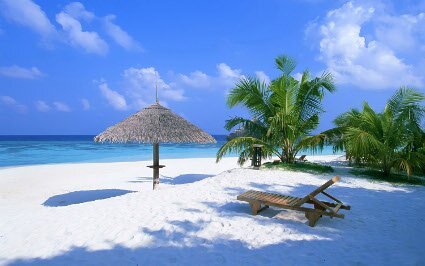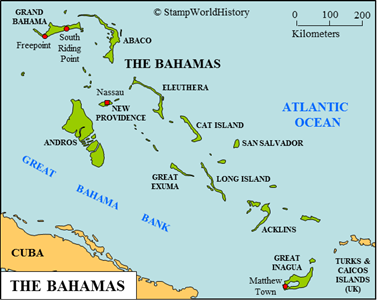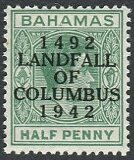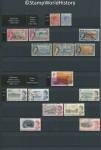
Bahamas
British colony

Bahamas
Independent
Quick reference
General issues: British colony 1859-1964, British colony/Self government 1964-1973, Independent within the British Commonwealth 1973-Present
Country name on general issues: Bahamas
Special issues: Local issues Nassau 1942
Currency: 1 Pound = 20 Shilling, 1 Shilling = 12 Pence 1859-1966, 1 Dollar = 100 Cents 1966-Present
Population: 52 000 in 1900, 377 000 in 2013
Political history Bahamas
The Bahamas are a group of islands located in the Caribbean – for the exact location, please refer to the map of the Caribbean. Prior to colonization the Bahamas were inhabited by the Lucayan people, a branch of the Amerindian Taino people that inhabited many of the Caribbean islands. The first European to explore the Bahamas was Christopher Columbus who landed on San Salvador in 1492 – the first landfall in the Americas. The Spanish claimed but did not settle in the Bahamas. The Spanish would claim – and raid – the Bahamas until 1783. The Bahamas were first settled by the British in 1648. In 1670, the Bahamas were made a British colony, although, at the time, British control over the islands was nominal. The lack of effective control attracted a large number of pirates, who gained de facto control of the islands. In 1718, the British decided put an end to piracy. A naval expedition was launched and the pirates were successfully driven from the islands. The Bahamas were made a crown colony and would be administered as such until the 20th century. In 1964, the Bahamas gained self government and in 1973 independence within the British Commonwealth – officially as the Commonwealth of The Bahamas.

Tourism accounts for 60% of the GDP of the Bahamas
Throughout the 17th and 18th centuries, the Bahamas were, economically, little developed. After the British colonies on the American east coast had gained independence as the United States in 1783, a substantial number of Loyalists were resettled in the Bahamas. The Loyalists brought their slaves with them and established plantations on the islands. However, the abolition of slavery in 1834 put an end to the developing plantations economy. Once again, throughout the 19th century and the first half of the 20th century little was done to further the economy – the Bahamas were a backwater in the British Empire. Things changed when, from the 1950’s, tourism started to grow. Currently, tourism is the country’s most important economic sector, accounting for 60% of the GDP. The second most important sector is off shore financial services that accounts for 35% of the GDP. These developments have made the Bahamas a wealthy country. On the United Nations Human Development Index, the Bahamas qualify as a High Human Development country – in the Americas ranking third after the United Sates and Canada.
The indigenous population was forcibly moved by the Spanish to Hispaniola[1]The current Dominican Republic and Haiti. to serve as slaves in the 17th century. The Bahamas would know a small population of European descent until the Loyalists settled on the islands. The slaves they brought with them outnumbered the population of European descent, thus, the Europeans became a minority. The number of Afro-Bahamians further increased as freed and escaped slaves settled on the islands. Currently Afro-Bahamians constitute 90% and whites 5% of the population.
Postal history Bahamas
The general issues of Great Britain were used in the Bahamas from 1858. The first stamps were issued in 1859 for domestic use – inscribed ‘Bahamas Interinsular Postage’. From 1860, the stamps of the Bahamas are also valid for international use. In the classical period the Bahamas issue stamps in the style common to the British colonies – some in standard designs for the British colonies, some with designs specific for the Bahamas. Also, the Bahamas joined in a number of the omnibus issues for the British colonies. In the modern era the Bahamas have issued mainly stamps with designs of national interest.
In 1942, previous issues from 1938 were overprinted locally by the Nassau Guardian newspaper publishers to commemorate the 450th anniversary of Christopher Columbus landfall on San Salvador – the overprint reads ‘1492 Landfall of Columbus 1942’.
Album pages
← Previous page: ArubaNext page: Barbados →





Gerben-
Glad to see you are again publishing more country stamp histories. I am back in the States, and really enjoyed my stay in the Netherlands.
Jim
Thanks Jim. I’m glad too. Started small, but started! Good to hear you enjoyed your stay in the Netherlands.